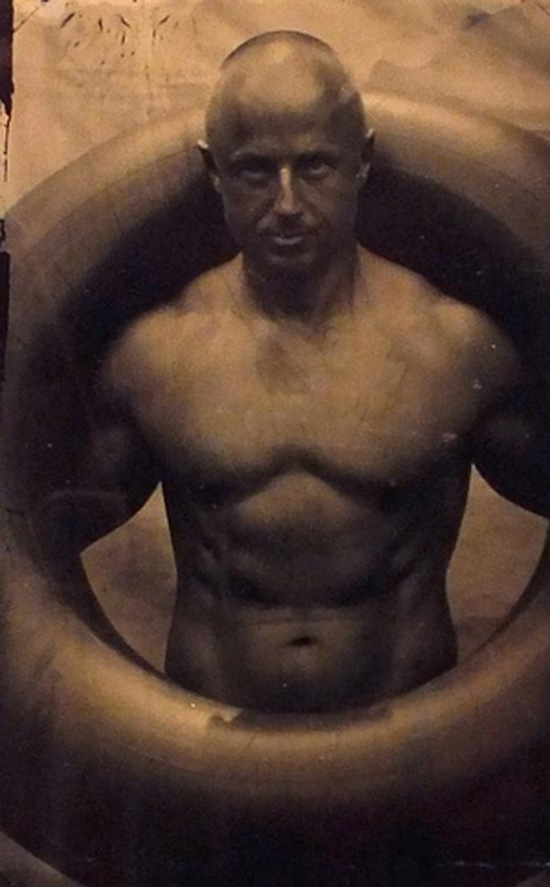
Robert Tat Gallery 49 Geary Street • Suite 410 CA 94108 San Francisco États-Unis
Robert Tat Gallery is proud to present the first San Francisco showing of David Sokosh’s American Tintypes. All photographs in the exhibition are unique originals, each created separately in camera using the 19th century Wet-Plate Collodion process. There are no negatives, no prints or editions. Each photograph is one of a kind, presented in a period antique frame.
In an era of digital photography and mural-sized color enlargements, David Sokosh is part of the growing renaissance of artists making hand-crafted photographs, on an intimate scale, utilizing antique processes. Using the mid-nineteenth century technique of Wet Plate Collodion (a process used by the Civil War photographer Matthew Brady, among others), Sokosh creates unique photographs on metal, “tintypes”, which are often presented as objects, to be held in the hand.
The images explore the New York photographer's collecting obsessions, and often reflecting his sense of humor. From plaster casts of Renaissance sculpture to natural history materials to antique objects -- or even friends who stop by the studio -- the photographs provide a rare glimpse into Sokosh’s unusual world.
With digital, mass-produced photography now the norm, David Sokosh is drawn to the hand-crafted, one of a kind nature of tintype photographs. “I’m a post-industrial person, living in a self-created pre-modern world full of period objects of all kinds,” he explains. “This authentic process lets me explore the mindset of the early photographer/scientist/collector. I’m drawn to the quality of the photograph-as-object that the Wet-Plate process yields, and excited by the hands-on aspect of the process. I see the limits of this technology (large, heavy equipment and long exposure times) as a challenge rather than a hindrance.”
About the Wet-Plate Collodion Process:
Wet-Plate Collodion was the second major photographic technique, the first being Daguerreotype. From the 1850's through the 1870's most of the photographs made in America were created using Wet-Plate.
Contemporary chemical photography (sometimes referred to as Dry-Plate) uses gelatin as the vehicle for photosensitive silver. Wet-Plate uses Collodion, which is gun-cotton dissolved in ether and alcohol, as the vehicle. The process requires that a plate of metal or glass be coated with Collodion, then photosensitized, exposed in camera and developed while still wet, all within a narrow window of opportunity (approx. 5 minutes) before the Collodion has irreversibly dried. These images are unique originals, each created separately in the camera. There are no negatives, prints or editions. Each is one of a kind.
Sokosh uses original lenses from the period, on cameras of his own design and fabrication. The chemical mixtures are identical to those used in the 19th century. Images on glass are known as ambrotypes, and are seen as positives when viewed against a black background. Tintypes are images created on metal plates. These plates are coated in black enamel that allows the viewer to see the images as positives without the need of a black background.

